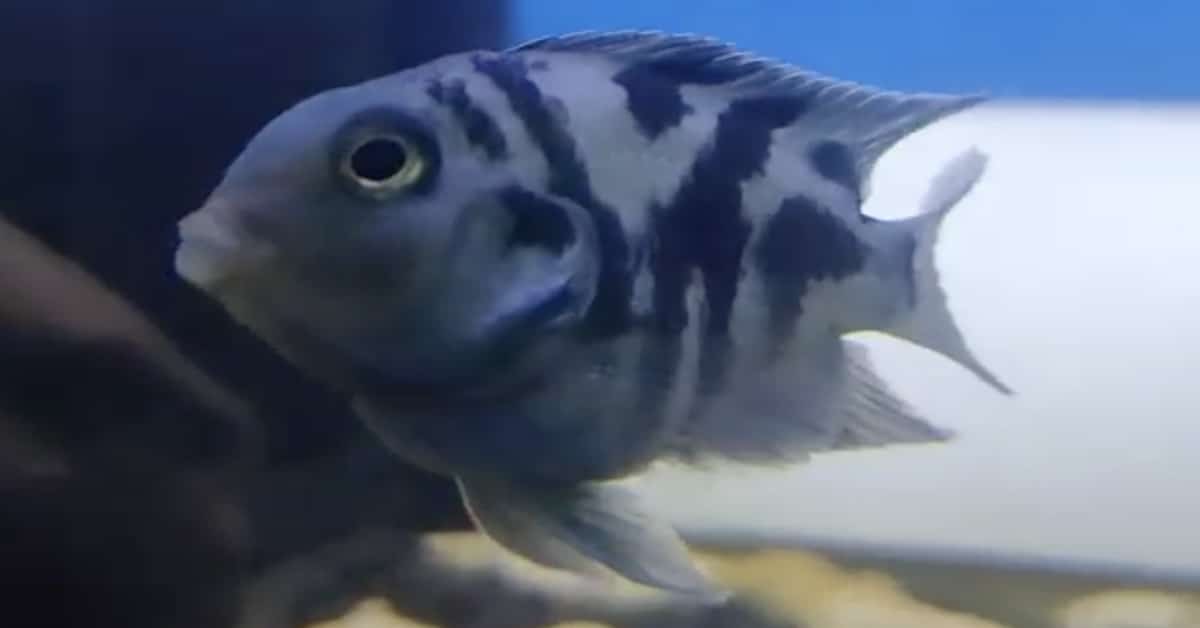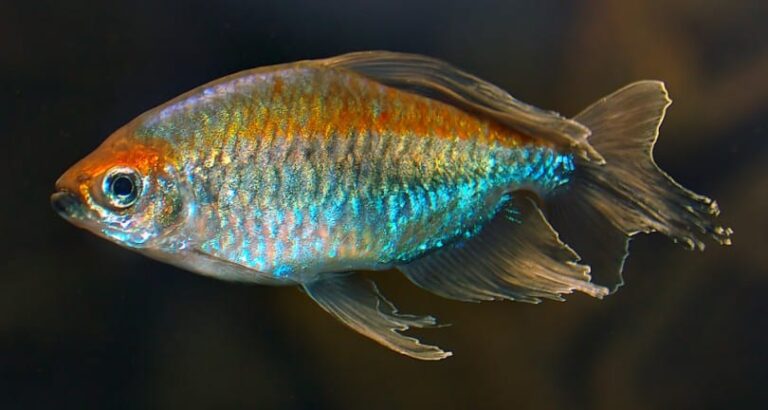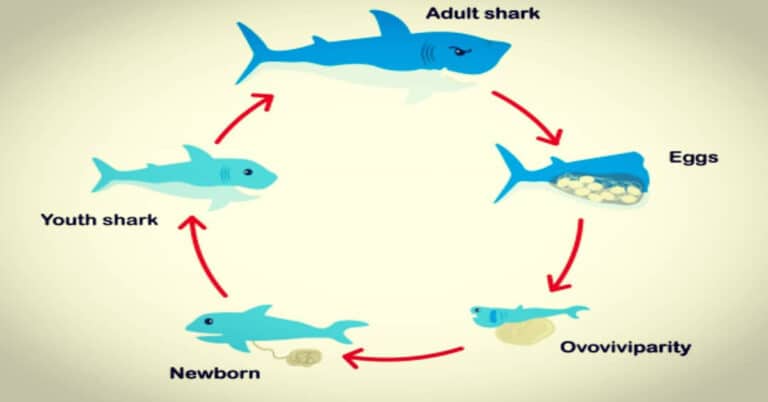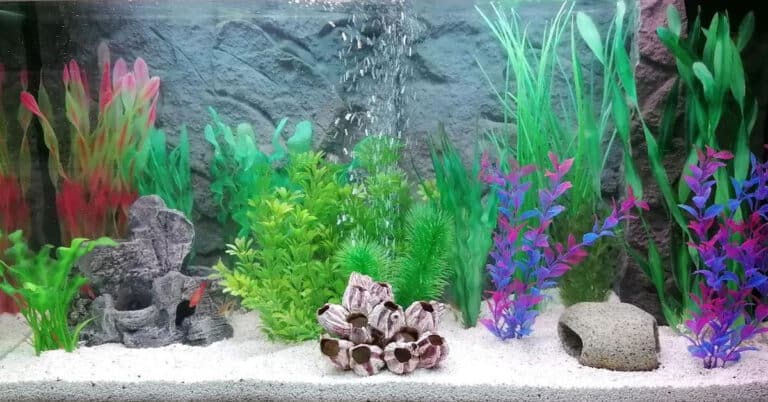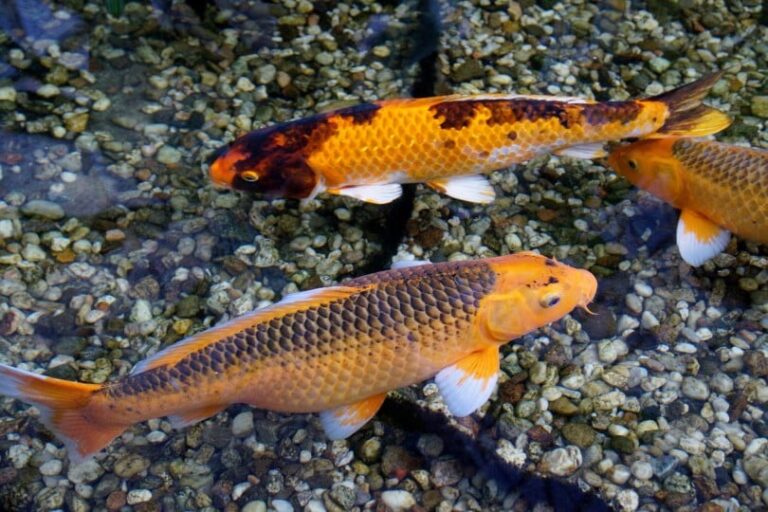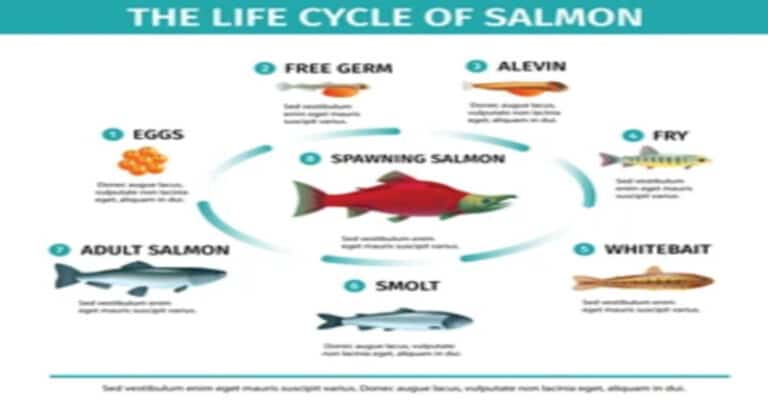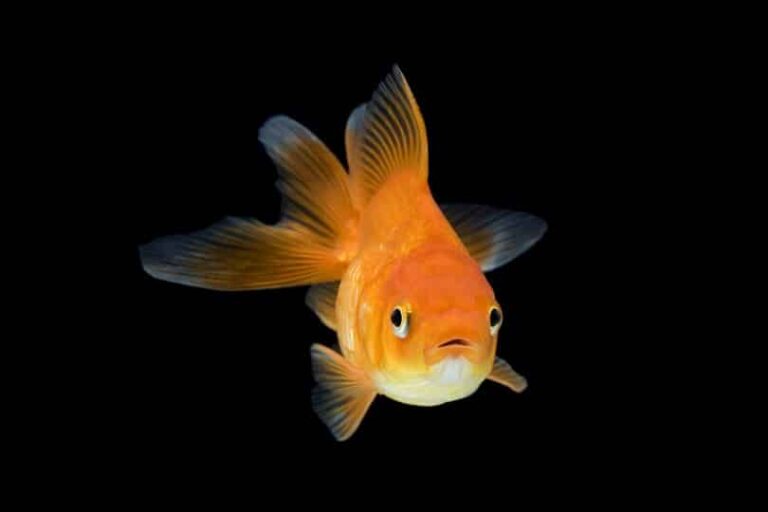Polar Parrot Fish – A Detailed Guide for Breeding, Diet, and Maintenance
Ever wished for the mesmerizing array of colors and shapes that grace your aquarium? Through careful selection and controlled breeding, fish enthusiasts and scientists have crafted captivating species that adorn our tanks.
One of the most beautiful among them is undeniably the polar parrot fish. It’s a favorite for both new fish owners and those who’ve had tanks for years.
In this article, we’ll learn more about the captivating world of the polar parrot fish — a special fish that brightens up our aquariums!
Origins of Polar Parrot Fish
In general, Cichlid species are found in most tropical and subtropical waters. But despite their availability worldwide, surprisingly, you may never see a polar parrot fish in the wild. Why?
Because they are not naturally wild species!
The truth is that Taiwan is the artificial breeding ground for these lovely fish known as Polar Parrots. The origin of these hybrids has been the subject of numerous ideas, one of which suggests that they are the offspring of blood parrots and convicts.
Due to the appearance of polar parrot fish complementing both parent qualities, this explanation is largely accepted. Polar blues have bodies that resemble convict cichlids and heads that resemble blood parrots.
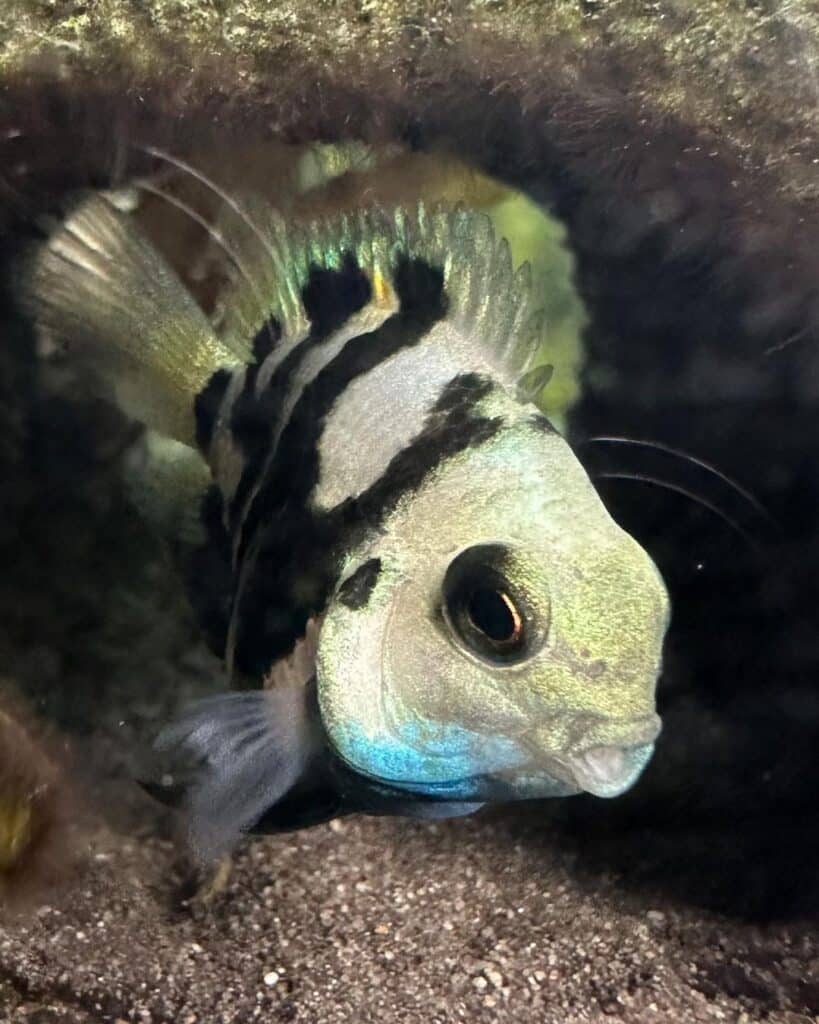
Appearance: Size & Color
The polar parrot fish grows more quickly than the majority of common aquarium species. A young juvenile will typically grow up to 3 inches in less than 5 months. A mature polar parrot fish usually grows 3-4 inches long, however, under the right circumstances and in steady water conditions, you may anticipate them to grow up to 5 inches tall.
Many enthusiasts misinterpret the polar parrot’s size for that of the common blood parrot, which may grow up to 8 inches. However, polar parrot fish did not acquire this characteristic from the blood parrot. Instead, it received its typical size from male convict fish, which have an average height of between 4 and 6 inches.
Polar parrot fish have a small, spherical body and a protruding mouth that resembles the mouth of a blood parrot. It takes its coloring cues from convict cichlids, which have light-colored bases and dark stripes.
The “blue” in their name often refers to bright blue spots on their body that resemble a blue glitter patch. Interestingly, Cichlids never lose their color patterns. Instead, they carry them with them for the duration of their lives. This might be the reason why there aren’t any other color variations of the polar parrots.
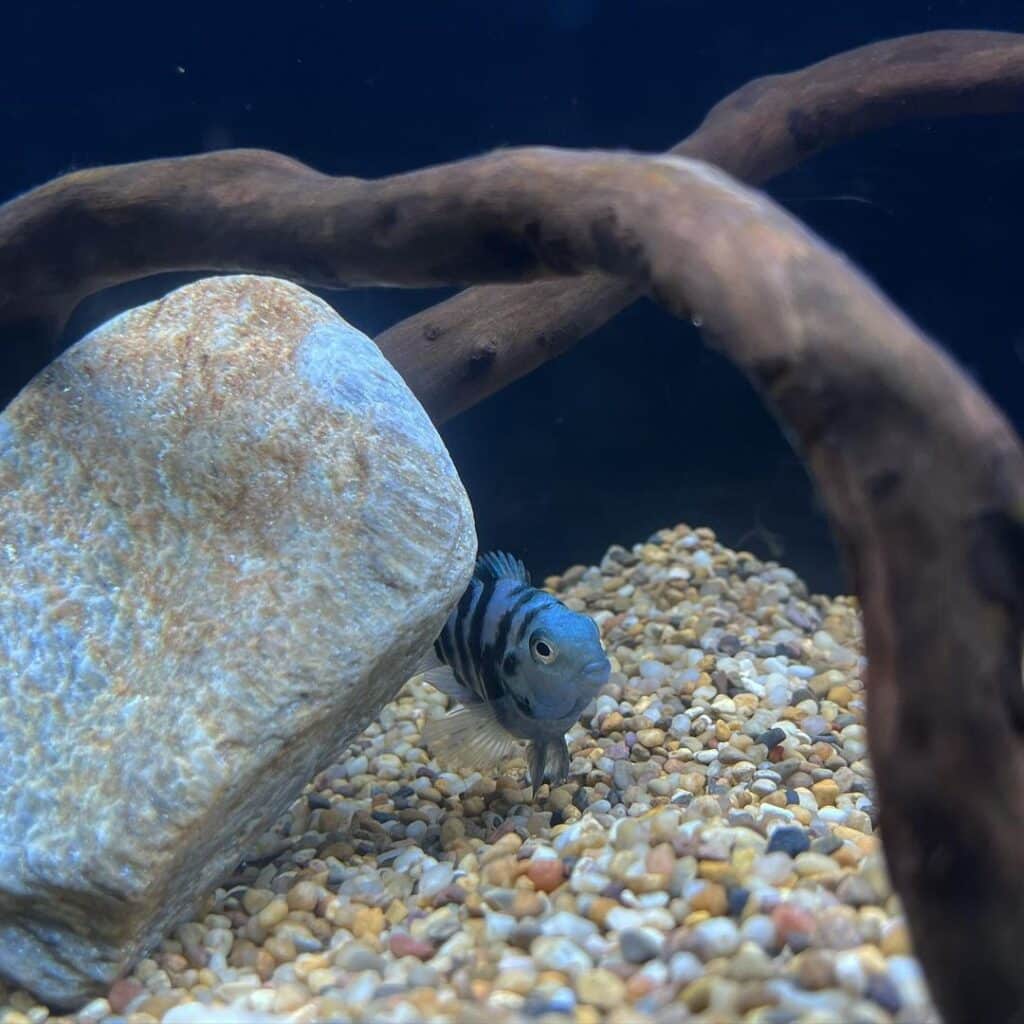
Diet of the Polar Parrot Fish
If you want to keep your polar parrot fish happy and healthy, then you should know that their diet is key. Because of their round, compact bodies, polar parrot fish can’t swallow food quickly. This means that you need to consider their body type and size if you want to maintain their health. Try to offer them easily digested food rather than heavy food.
In addition, due to their small size, polar parrot fish have an extremely compact digestive system. So, don’t overfeed this species because it will make them feel uncomfortable and cause intestinal problems. Besides, don’t give them anything but highly digestible food, such as pellets. Buy pellets designed exclusively for parrot cichlids when selecting food for your aquarium. They have relatively small mouths and are unable to open them widely enough to swallow huge pieces of food.
You might also occasionally offer polar parrot fish snacks made of live food. Additionally, it is advised to feed them foods high in beta-carotene to improve and brighten their color. The following are some foods to offer your parrot cichlids:
- Flakes
- Pellets
- Brine shrimp
- Bloodworms
- Blanched vegetables
- Feeder fish
- Crustaceans
What is the Lifespan of Polar Parrot Fish?
Depending on their environment, genetic makeup, and general care, polar parrot fish have a lifespan of 5 to 10 years. But still, with proper feeding, water conditions, and aquarium upkeep, you may significantly lengthen the lives of your cichlids. This is also greatly aided by a setting that is secure, relaxing, tidy, and stress-free.
To avoid stress and diseases that could shorten your cichlids’ lives by years, it is important to constantly monitor their behavior and quality of life.
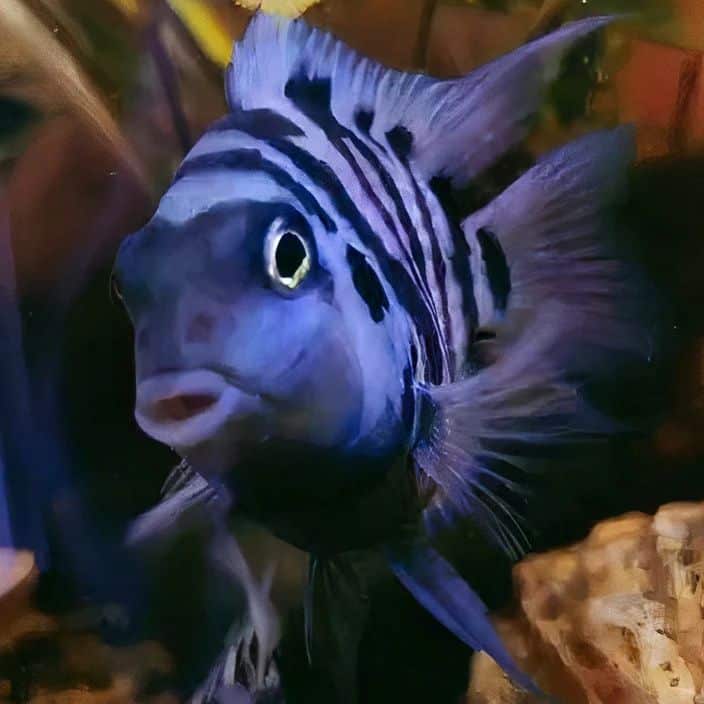
How Much Does a Polar Parrot Fish Cost?
Breeders and hobbyists have expanded the supply of these fish as the market for polar parrots has been growing quickly. Because they are easy to breed, fish are being produced in large quantities. However, when it came to the fish’s initial price when they were originally observed, polar parrot fish were far too pricey.
Breeders opted to maintain polar parrot fish at a cheap cost as they realized that breeding was not challenging. Consequently, breeders have kept the cost of polar blue parrotfish for a pair at $15 to $25.
If your local fish store fails to offer polar parrot fish, you can further explore the internet and purchase them without sacrificing quality. On the other hand, if you’re seeking a superior polar parrot fish, you need to contact a well-known local fish breeder. They will provide you with reasonably priced, exceptional polar parrot fish.
Aquarium Size & Tank Mates
To get started, you only need a 30-gallon tank for one pair of polar parrots. A 50-gallon tank offers additional benefits and space for development and exploration. The system will need to be upgraded to a 75-gallon tank when your stock expands and you add additional species or decorations, which will provide you with more space and lessen hostility among the tankmates.
With a population of more than 5 cichlids, polar parrots thrive in pairs, which helps to lessen stress and hostility. Additionally, you shouldn’t encourage an excess of rivalry during breeding since fish become more aggressive during mating and when guarding their young.
A polar parrot may coexist with a variety of fish, but it will thrive more in a tank with other fish of its particular kind. Keep in mind that chances are that they will reveal cannibalism and consume smaller fish due to their hostility. Therefore, polar parrots should not be kept with smaller fish, such as guppies or platies.
The following fish are excellent aquarium mates for polar parrot fish:
- Angelfish
- Various types of Central American cichlids
- Severum cichlids
- Parrot cichlids
- Cory catfish
- Plecos
Aquarium Arrangement & Water Parameters
When setting up the aquarium, avoid using any substrate with sharp edges because polar parrots are known for digging in their substrate. You can use a fine-grain aquarium of any color, but we advise against choosing a lighter shade of substrate as it will appear dirty sooner and will be more difficult to clean.
Since polar parrot fish prefer some cave in their tank, you can use a hollow clay or plastic pot as decoration. You can also use the aquarium caves that are sold in your local fish shop. When they sense danger, they will remain in their cave and use it as a place to deposit their eggs.
While there are a variety of lighting situations in which polar parrot fish can flourish, it is best to keep the illumination modest. For up to 12 hours, keep the lights dim and let the fish sleep in the dark. You shouldn’t leave the lights on at night, as these fish are not nocturnal. 0.5 Watts per Gallon is a good formula for optimal lighting.
Although polar blue parrots can thrive in a variety of environments, it is always preferable to maintain the water’s natural, optimum conditions. The main reason for fish mortality is poor water quality, which may be readily avoided in cichlids by maintaining the following conditions:
- Water temperature: 75-85 degrees Fahrenheit
- pH level: 5-8.0
- Water hardness: 9-20 KH
- Ammonia, nitrite levels: 0 PPM
Breeding Patterns
Depending on age, the female polar parrot has a range of 100-300 egg-laying capacities. Before deciding to lay her eggs, the female fish will clean the area. Polar parrots thrive best on a soft surface. Rocky terrain can make it difficult for them to maneuver, but it makes excellent egg-laying grounds.
As a general guideline, use a sandier substrate to provide your fish with a vast, plain area to swim through, but don’t forget to add some decoration and pebbles for the breeding season. It is best to employ plant containers, as the fish’s swift movements can cause the plants to be uprooted.
Polar parrot fish eggs are clear in color. While fertilized eggs change color to a deeper shade, unfertilized eggs become white, and it takes up to 12 hours to complete this process. If there are any other fish in the aquarium, both parents will defend the eggs by taking turns protecting them.
The female fish are more hostile to outsiders. In about 2 to 3 days, the fertilized eggs will hatch. The newly hatched fry are quite small and will constantly remain in a group until they can swim independently.
Conclusion
As you can see, the polar parrot fish stands as a testament to the delicate balance between human intervention and the marvels of the natural world. As we immerse ourselves in the mesmerizing realm of these aquatic wonders, we are reminded of the endless potential that arises when dedication, imagination, and science harmoniously coexist!

Nato is a content writer and researcher with a background in psychology who’s eager to explore the wonders of nature. As a travel enthusiast and animal lover, she hopes to inspire others to discover and cherish the beauty and importance of the natural world.

